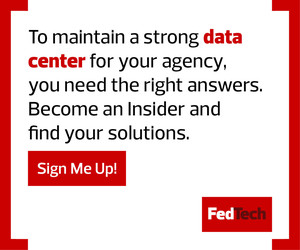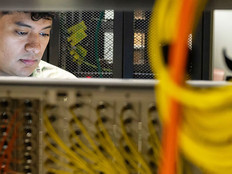Federal Agencies Are Stepping Back to Look Forward
In a way, the first step toward automating hybrid data centers should be a step back, to re-evaluate the agency’s mindset. Gone are the days when legacy systems were simply re-created in the cloud and infrastructure updates were made manually. Still, many agencies haven’t realized this fact.
“I would submit that if you walked into an IT organization 30 years ago and you walked into an IT organization today, they are organized in materially similar ways,” says Scott Buchholz, CTO for Deloitte’s government and public services practice. “There’s a lot of reactive posture, there’s a lot of manual posture, and there’s a lot of presupposition that that is normal and good.”
Federal agency IT leaders can learn a lesson on automation from the way cloud providers came into the market 10 to 15 years ago.
“They didn’t say, ‘How can we scale humans?’ They said, ‘How can we scale automation? Instead of trying to run large data centers with armies of humans, can we use the technologies to start automating and treating these things more like code and less like things that need to be manually configured?’” Buchholz says. “And what they discovered was that not only was it possible, but you also get better scalability, better reliability, better security, better uptime — basically, better everything across the board. And that isn’t just true for servers and storage and network, but it also is increasingly true for databases and application servers.”
He continues: “The cloud providers have conclusively demonstrated that you can run IT operations with a small team and a fleet of automation. And I believe that agencies and departments could take advantage of that if they so chose. The challenge is you have to be willing to change the mentality and the approach for how you go about doing things.”
What does this mentality change look like?
“It’s not best to consider things as long-running assets and patch them individually, in general. It’s better to assume that they’re images of something, and patch the image and redeploy,” Buchholz says. “There is a lot that can be done in the cloud to take advantage of all of the investments in automation, if you’re already there.
“Those who are in the data centers — particularly those who have the hyperconverged infrastructure — can start taking advantage of that relatively easily, because all of the control planes are there already,” he continues. “For those who haven’t gotten quite that far, there are other ways of doing it as well.”
Click the banner to get access to customized cybersecurity content by becoming an Insider.












